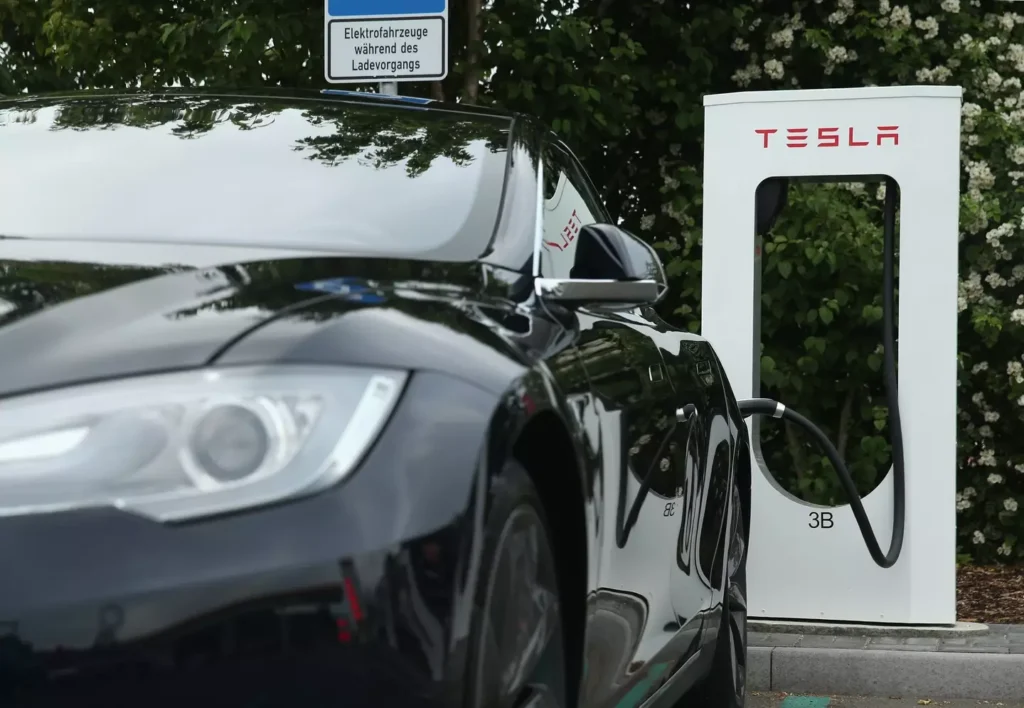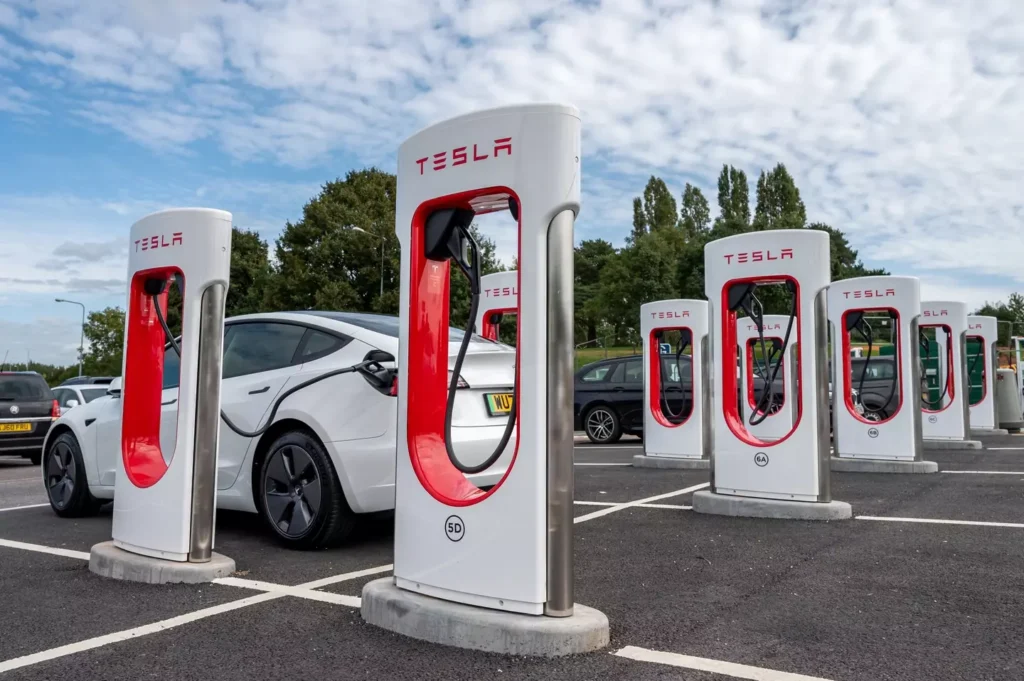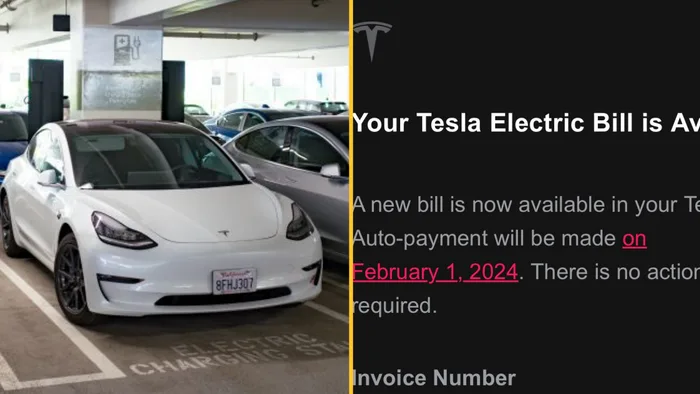Electric vehicles (EVs) have long been hailed as the future of transportation, promising to reduce carbon emissions and save the planet. But let’s be real for a second. They come with a hefty price tag . Even the most committed environmentalist might hesitate when faced with the initial investment and ongoing costs associated with owning an electric car—especially a Tesla.
But one Tesla driver just blew everyone’s mind by revealing their electricity bill after driving the EV for an entire year. Spoiler alert: it’s shockingly low. So low, in fact, that it left Twitter users questioning the reality of their own electricity bills.
Let’s dive into the details, and yes, there’s a catch (because of course there is).
The Big Reveal: $2.37 for a Year of Driving
The Tesla owner, known on Twitter as @Tesla_GTownTX, shared a screenshot of their most recent electricity bill. The total? A whopping $2.37. No, that’s not a typo.
“First time I’ve had a bill within the last 12 months. This sucks,” the driver joked, sparking disbelief across the platform. Many couldn’t wrap their heads around how this could be possible when most EV owners brace themselves for a noticeable spike in their electric bills after switching from gas.
The Secret Behind the Super Low Bill
So, what’s the trick? Is this driver secretly siphoning electricity from their neighbor’s house? Not quite.
The secret is solar energy, baby. It turns out, this particular Tesla owner made a big investment up front. He installed solar panels and a Tesla Powerwall—a smart home battery that stores excess solar energy and charges the car using that stored power. Essentially, his home is running on renewable energy, and he’s been reaping the benefits in the form of barely-there electricity bills.
But here’s where the plot thickens. While the $2.37 bill is undeniably impressive, getting there wasn’t cheap.
Tesla’s Full Self-Driving Under Federal Scrutiny: Safety Concerns Rise in Low-Visibility Conditions
What’s the Real Cost?
The Tesla Powerwall is a sleek, high-tech home battery that works like a charm with solar panels. But it comes with a price tag that’ll make most people flinch. According to Forbes, a single Powerwall costs upwards of $11,000. Some setups can even run as high as $15,000. So yeah, the driver has a super low electric bill, but only after shelling out a small fortune to get there.
Over time, this investment might pay off, especially for people who live in areas with plenty of sunshine. But for the average person, dropping that kind of cash on a battery isn’t exactly feasible.
Social Media Reactions: Sarcasm in Full Force
Naturally, Twitter had a field day with this. After the Tesla driver posted about his microscopic bill, the sarcastic comments started rolling in.
One user responded: “Damn, my dude, post a GoFundMe, the community will rally around you I’m sure.” Another quipped: “Man, my sympathies to you in this horrible time.” People couldn’t help but poke fun at the guy who was “struggling” with his $2.37 bill after making a massive investment up front.
But beneath the humor lies a valid question: Is going solar really worth it?

Is Solar the Answer for Everyone?
Solar energy and home batteries like the Tesla Powerwall can certainly help slash electricity bills, but they’re not a one-size-fits-all solution. Installing solar panels and a Powerwall requires a substantial investment, and the financial return depends on factors like your location, energy consumption, and how long you plan to stay in your home.
For people living in sunny states, solar power can make a lot of sense. The more sunlight you get, the more energy your solar panels can generate, and the faster you’ll start seeing a return on your investment. But if you live in a place where sunshine is more of a luxury than a given, the payoff might take a lot longer to materialize.
The Future of Electric Vehicles and Renewable Energy
So, where does this leave the future of electric vehicles and renewable energy? While Tesla and other EV manufacturers continue to push electric cars as the solution to our environmental woes, the high cost of entry is still a barrier for many people. The driver’s $2.37 electric bill is impressive, but it highlights the reality that sustainable energy solutions often require a hefty upfront investment.
Still, as technology improves and prices (hopefully) drop, more people will likely make the switch to EVs and renewable energy. Until then, stories like this Tesla driver’s will remain the stuff of social media legend.

Final Thoughts: Should You Go Solar?
If you’re considering going solar to power your Tesla—or any other electric vehicle—there are a few things to keep in mind:
- Upfront Costs: Solar panels and home batteries like the Tesla Powerwall are expensive. Make sure you’re prepared for the initial investment.
- Location Matters: The amount of sunlight your home receives will play a huge role in determining whether solar energy is worth it for you.
- Long-Term Benefits: Over time, solar energy can save you money on your electricity bills. But it’s not an overnight solution—it’ll take years to see a significant return on investment.
In the end, the decision to go solar is a personal one. It can definitely pay off, but it’s not for everyone. If you’re someone who loves the idea of renewable energy and doesn’t mind the upfront cost, solar power could be the way to go. Just don’t expect to post a $2.37 electric bill on Twitter without a fair amount of sarcasm coming your way.
What’s Your Take?
Are you considering switching to solar or buying an electric vehicle? Have you had any surprising experiences with your electricity bills? Let us know in the comments below! And if you enjoyed this article, be sure to share it with your eco-conscious friends.

